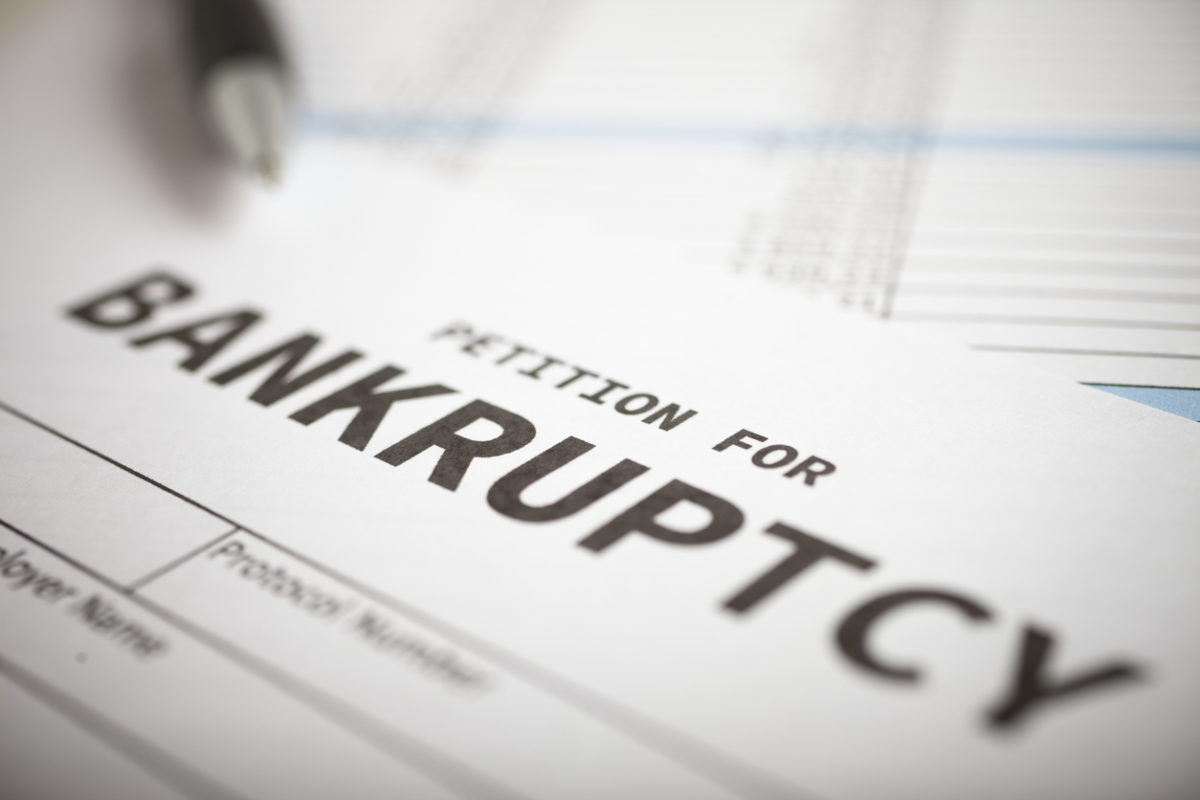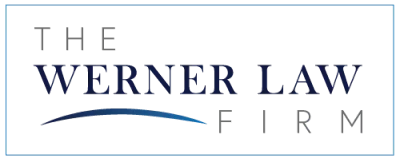
Menu

Filing for bankruptcy can be a harrowing experience. When filing as an individual, you must prepare to lay yourself bare financially and be open to an intense audit of your personal and business dealings. Whatever is left to your name will be divided among your creditors, and all but the bare minimum will be stripped from you.
But before the process can begin, you must first file a petition to get things started. It’s often here where the need for a legal professional first arises.
A bankruptcy petition is not an entirely straightforward document, not to mention it is far from the only piece of legal paperwork you will have to draft for the process. Petitions provide a general framework of information for a bankruptcy clerk to file and officially begin the bankruptcy process through multiple different forms, providing details such as:
For a clearer picture of all the forms, you will have to file during the course of the bankruptcy petition process alone, visit this link from the California Bankruptcy Court. Here is another example of the petition form required to start a voluntary petition for individuals filing for bankruptcy.
Note that these documents must be filled out and filed within 14 days of each other for the bankruptcy proceedings to begin.
Bankruptcy petitions differ depending on whether the filing debtor is an individual or a non-individual (a company or organization), and whether they are filing voluntarily or non-voluntarily.
Voluntary Petition for Individuals Filing for Bankruptcy forms are used by individuals who wish to file for Chapter 7 or Chapter 13 bankruptcy of their own accord. Most individuals filing for bankruptcy will be using this form.
Voluntary Petition for Non-Individuals Filing for Bankruptcy forms are used by businesses, corporate entities, partnerships, and municipalities filing for bankruptcy of their own accord.
Involuntary Petition for Individuals Filing for Bankruptcy forms are filed by a group of creditors rather than the debtor themselves. In this case, the creditors force the debtor into a bankruptcy case.
Involuntary Petition for Non-Individuals Filing for Bankruptcy forms are utilized by creditors demanding that a business or organization with significant debt file for bankruptcy, whether to liquidate or restructure as per the creditor’s plan.
Bankruptcy in the United States is defined by the United States Bankruptcy Code, as well as the Federal Rules of Bankruptcy Procedure. Each bankruptcy court across the country provides its own wealth of information on the topic online, as provided by the office of the clerk.
In general, bankruptcies in the United States are divided into different chapters. Some of these are irrelevant for individuals and businesses, such as Chapter 9 bankruptcy. Others are niche cases, such as Chapter 15 bankruptcy (cross-border or ancillary cases), and Chapter 12 bankruptcy (for family farmers or fishermen). The remaining are as follows:
The proceedings for a bankruptcy case depend on the circumstances surrounding the case, as well as the chapter chosen. There are eligibility requirements for each chapter of bankruptcy-related to the debtor’s assets and debts, both of which also play a significant role in the length of the process, and its outcome.
In general, the petition is the first step. The debtor must initiate a petition, or may be ordered to do so by the courts. Whether voluntary or involuntary, a petition to file for bankruptcy will lead to a meeting between the debtor and their creditors. This meeting is mediated by a U.S. trustee, acting as an independent third party.
Most of the time, a well-drafted petition and repayment or liquidation plan will avoid any complications during or after the meeting. As long as the creditors are in agreement with the proposed plan, the next step is the confirmation hearing.
A judge must sign off on a bankruptcy case, reviewing it to ensure that it meets the standards of the U.S. Bankruptcy Code. Regardless of whether the case has been signed off on or not, in the event of a Chapter 13 bankruptcy, the debtor must begin making payments to the trustee within 30 days after filing for bankruptcy as per the plan.
The trustee will hold any funds received until the plan has been approved. If it hasn’t, the debtor may revise the plan and call another meeting.
A bankruptcy case is ultimately discharged once the process is over, and the plan has been fulfilled, or as a result of financial hardship. If certain circumstances forbid a debtor from executing their plan, some of their debts may be discharged (except certain non-dischargeable debts, such as debts for malicious injury to property, tax obligations, and divorce settlement debts).
While the basic paperwork behind setting up a bankruptcy petition isn’t complex, setting up a bankruptcy plan can be difficult.
You may also want legal representation for any court appearances, as well as during your meeting with your respective creditors. The experience of a legal professional can not only help you through the filing process but can guide you through every step of the bankruptcy process.
Founded in 1975 by L. Rob Werner and serving California for over 48 years, our dedicated attorneys are available for clients, friends, and family members to receive the legal help they need and deserve. You can trust in our experience and reputation to help navigate you through your unique legal matters.
Whether you need help creating a living trust or navigating probate, our living trust law firm's compassionate team of estate planning lawyers and probate lawyers are here to help you and ready to answer your questions.
Our goal is to make your case as easy as possible for you. Hiring a lawyer can be a daunting task, but it doesn’t have to be. From the moment you contact our firm, through the final resolution of your case, our goal is to make the process easy and understandable. We cannot change the fact that probate is a long and complicated process, but through our Werner Law Firm Difference, we strive to go out of our way to keep you informed of your case through every step of the way. We are constantly refining our processes and procedures for a more streamlined and calm client experience. Our goal is to have you feel like a burden was lifted from your shoulders, and that we made the whole process an easy one
If you're dealing with a legal matter, we urge you to schedule a free initial appointment today and join the many satisfied clients who have contacted Werner Law Firm.

23 Corporate Plaza Dr., Suite 150
Newport Beach, California 92660
